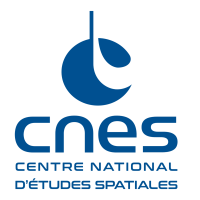On 4 November, at 18:03 local time (22:03 CET, 21:03 UTC), Ariane 6, operated by Arianespace, accomplished a flawless fourth launch from Europe’s spaceport at the Guiana Space Centre (CSG), sending the European Commission Copernicus programme’s Sentinel-1D Earth-observation satellite, built by Thales Alenia Space under contract to the European Space Agency (ESA), into Sun-synchronous orbit (SSO) at an altitude of 693 kilometres. The flight marked the fifth launch in 2025 from the CSG and the fourth in all for Ariane 6, on its third commercial mission.
Sentinel-1D is part of Copernicus, the Earth-observation component of the European Union's space programme. The satellite is carrying advanced radar technology to provide all-weather imagery of Earth's surface day and night, delivering precious data to research scientists, governments and institutions around the world essential to monitoring sea ice, icebergs and glaciers, detecting floods, landslides, deforestation and oil spills, and many more applications besides.
Copernicus is managed and funded by the European Union with a partial contribution from ESA. The most advanced system of its kind in the world, Copernicus delivers continuous, independent and reliable Earth-observation data and services every day to governments, business and citizens around the globe.
The modular and versatile Ariane 6 heavy-lift launcher has succeeded Ariane 5, guaranteeing Europe’s independent access to space.
View press release in .pdf format
Success Ariane 6 third commercial mission - Sentinel 1D
pdf - 52.75 KB



